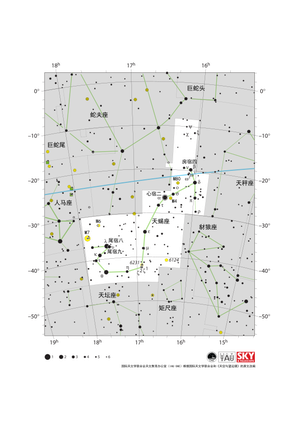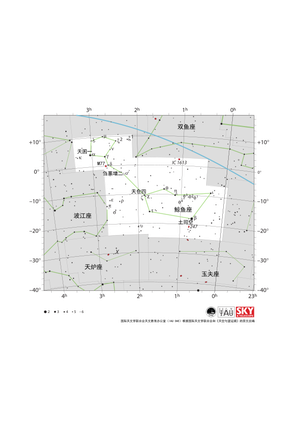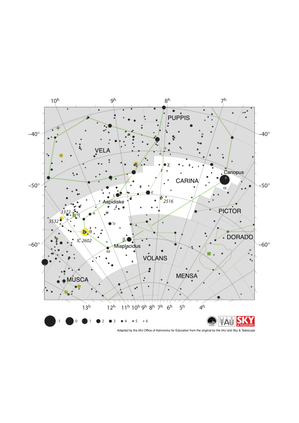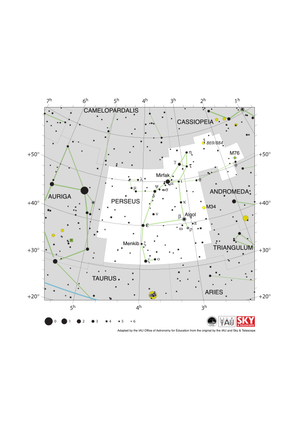Glossary term: 变星
Description: 变星是指对观测者而言亮度随时间发生明显变化的恒星。实际上,由于恒星的演化,所有恒星的亮度都会在数百万年或数十亿年内发生变化。而变星一词通常是指那些发生亮度变化的时间尺度远远短于其演化时标的恒星。
产生光变有几种可能的物理机制。有些恒星,如仙王座变星或天琴座RR型变星,它们是不稳定的,且会发生脉动,使得其大小和亮度发生变化。
其他恒星会喷射出明亮的物质,从而增加观测到的总体亮度("爆发变星")。有一类被称为灾变变星或新星的恒星,它们的亮度会突然增加,然后又恢复到以前的水平。这类系统通常由一对恒星组成,其中一颗恒星的物质流向另一颗恒星,一旦达到某个临界点,就会发生核聚变反应。其中一个伴星或另一个伴星发生大爆炸并变亮。
还有一些恒星看起来变化是因为它们在旋转,交替地向我们展示亮度较高和亮度较低的一面,或者是由于双星系统绕着彼此运行,其中一颗恒星周期性地被另一颗遮挡。后一类双星被称为食双星。
Related Terms:
See this term in other languages
Term and definition status: The original definition of this term in English have been approved by a research astronomer and a teacher The translation of this term and its definition is still awaiting approval
The OAE Multilingual Glossary is a project of the IAU Office of Astronomy for Education (OAE) in collaboration with the IAU Office of Astronomy Outreach (OAO). The terms and definitions were chosen, written and reviewed by a collective effort from the OAE, the OAE Centers and Nodes, the OAE National Astronomy Education Coordinators (NAECs) and other volunteers. You can find a full list of credits here. All glossary terms and their definitions are released under a Creative Commons CC BY-4.0 license and should be credited to "IAU OAE".
If you notice a factual or translation error in this glossary term or definition then please get in touch.
Related Diagrams
猎户座星图
Credit: 由国际天文学联合会天文教育办公室根据国际天文学联合会/《天空与望远镜》的原文改编
License: CC-BY-4.0 Creative Commons 署名 4.0 国际 (CC BY 4.0) icons
天蝎座星图
Credit: 国际天文学联合会天文教育办公室(IAU OAE)根据国际天文学联合会和《天空与望远镜》的原文改编
License: CC-BY-4.0 Creative Commons 署名 4.0 国际 (CC BY 4.0) icons
鲸鱼座星图
Credit: 国际天文学联合会天文教育办公室(IAU OAE)根据国际天文学联合会和《天空与望远镜》的原文改编
License: CC-BY-4.0 Creative Commons 署名 4.0 国际 (CC BY 4.0) icons
Carina Constellation Map
Credit: Adapted by the IAU Office of Astronomy for Education from the original by the IAU and Sky & Telescope
License: CC-BY-4.0 Creative Commons 署名 4.0 国际 (CC BY 4.0) icons
Perseus Constellation Map
Credit: Adapted by the IAU Office of Astronomy for Education from the original by the IAU and Sky & Telescope
License: CC-BY-4.0 Creative Commons 署名 4.0 国际 (CC BY 4.0) icons













